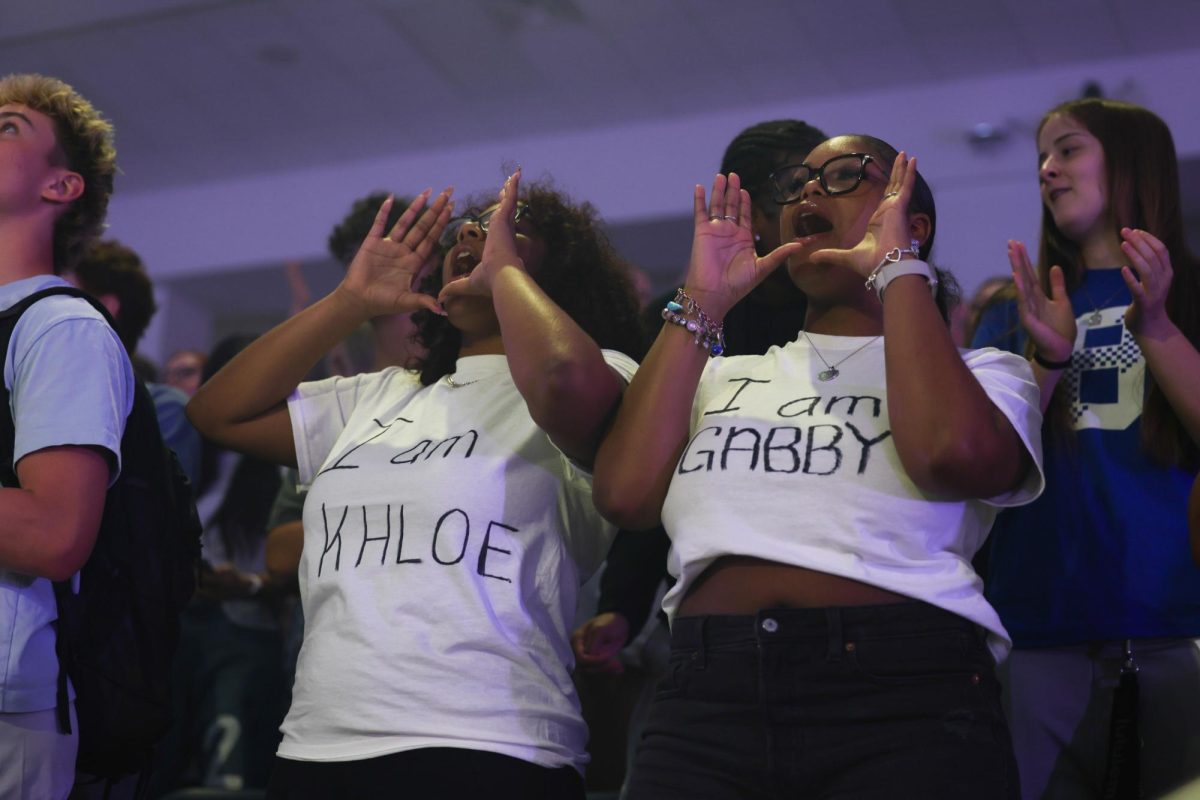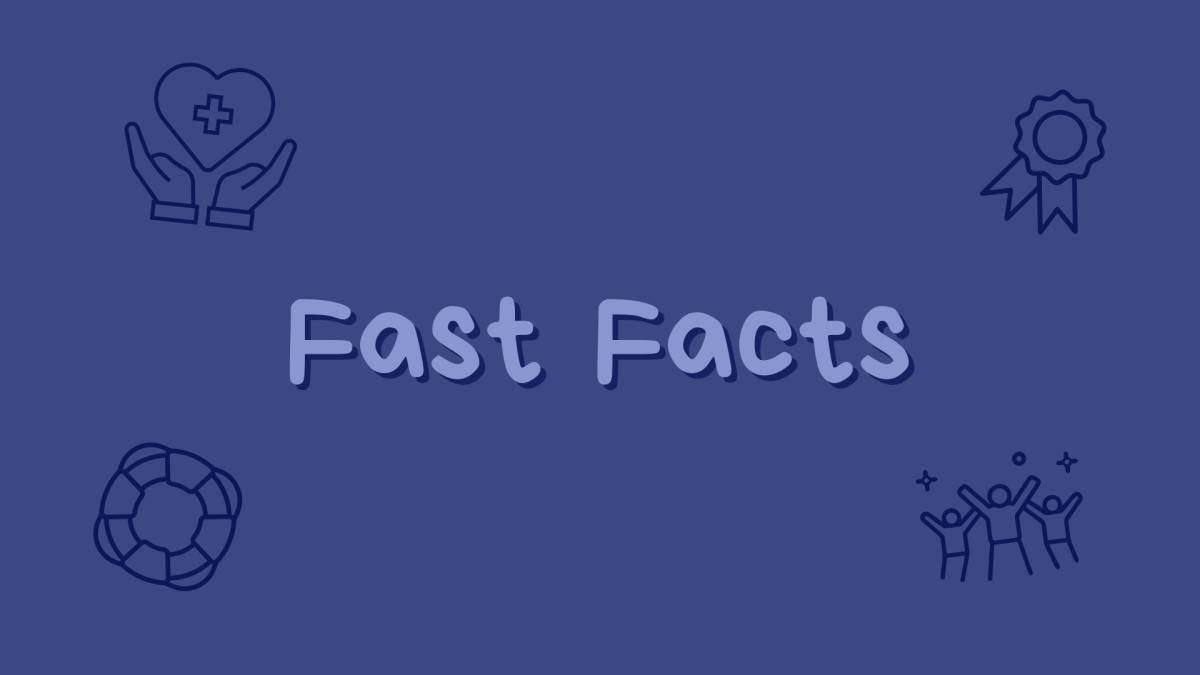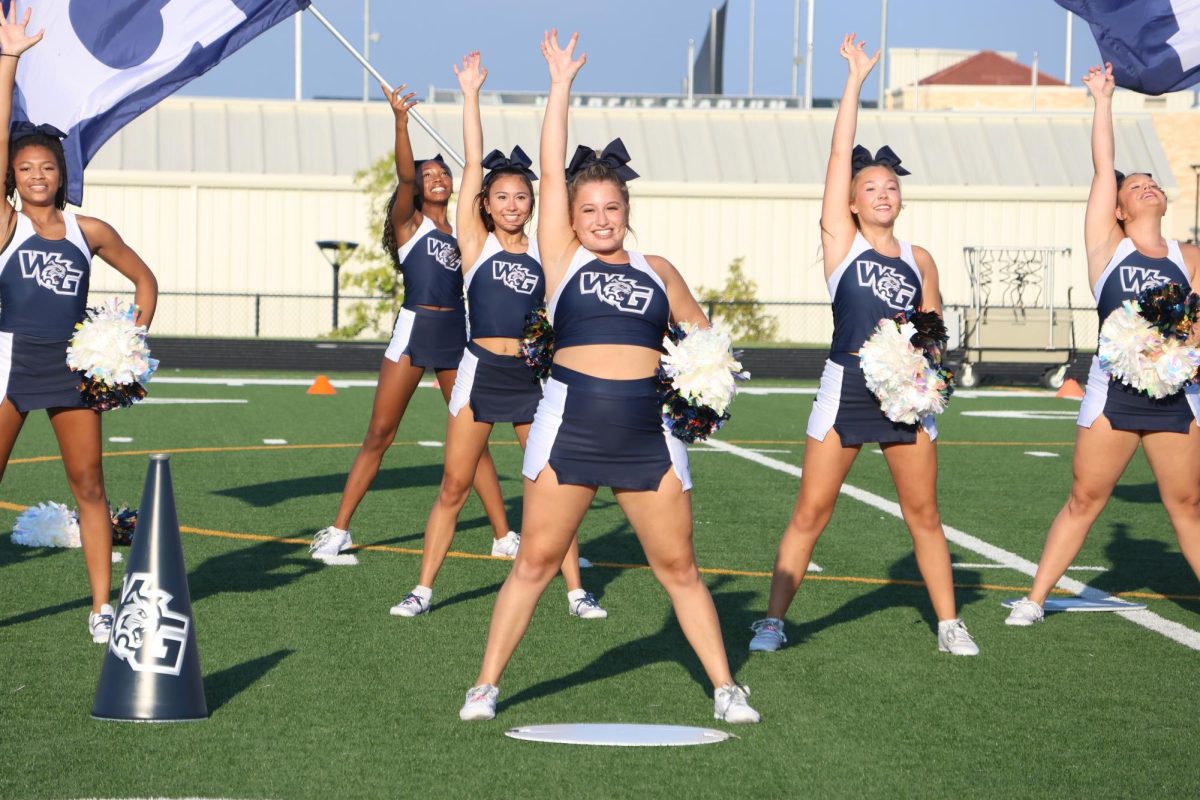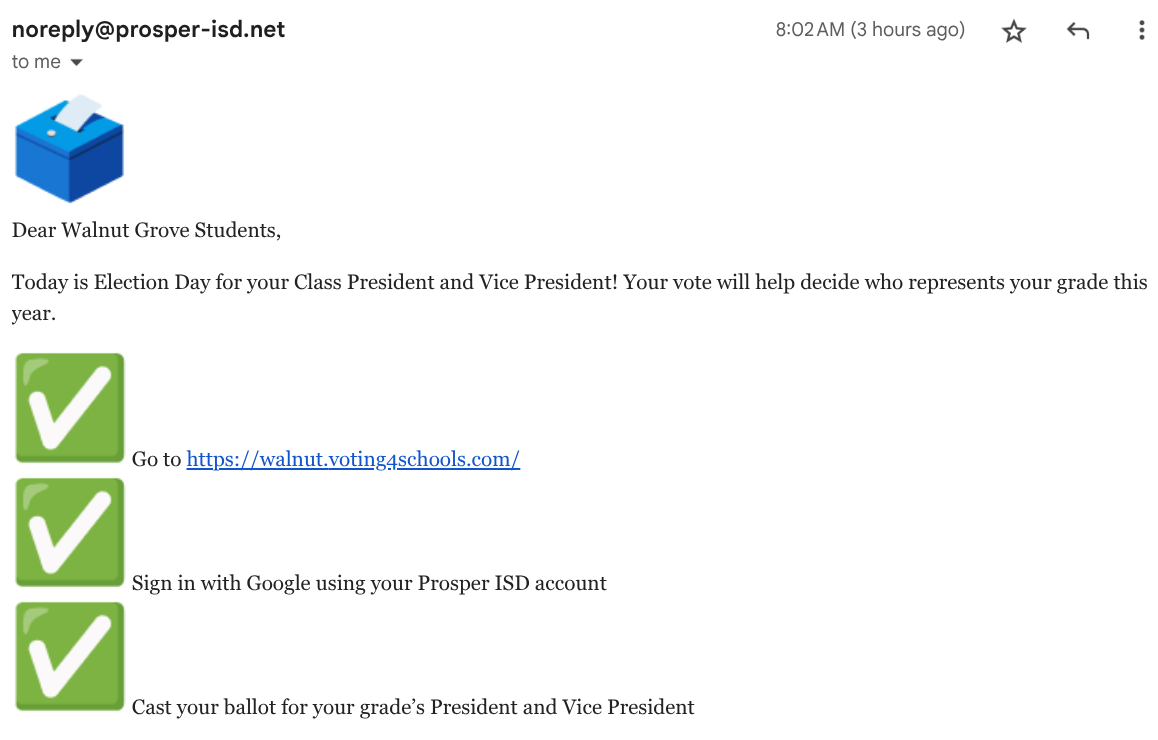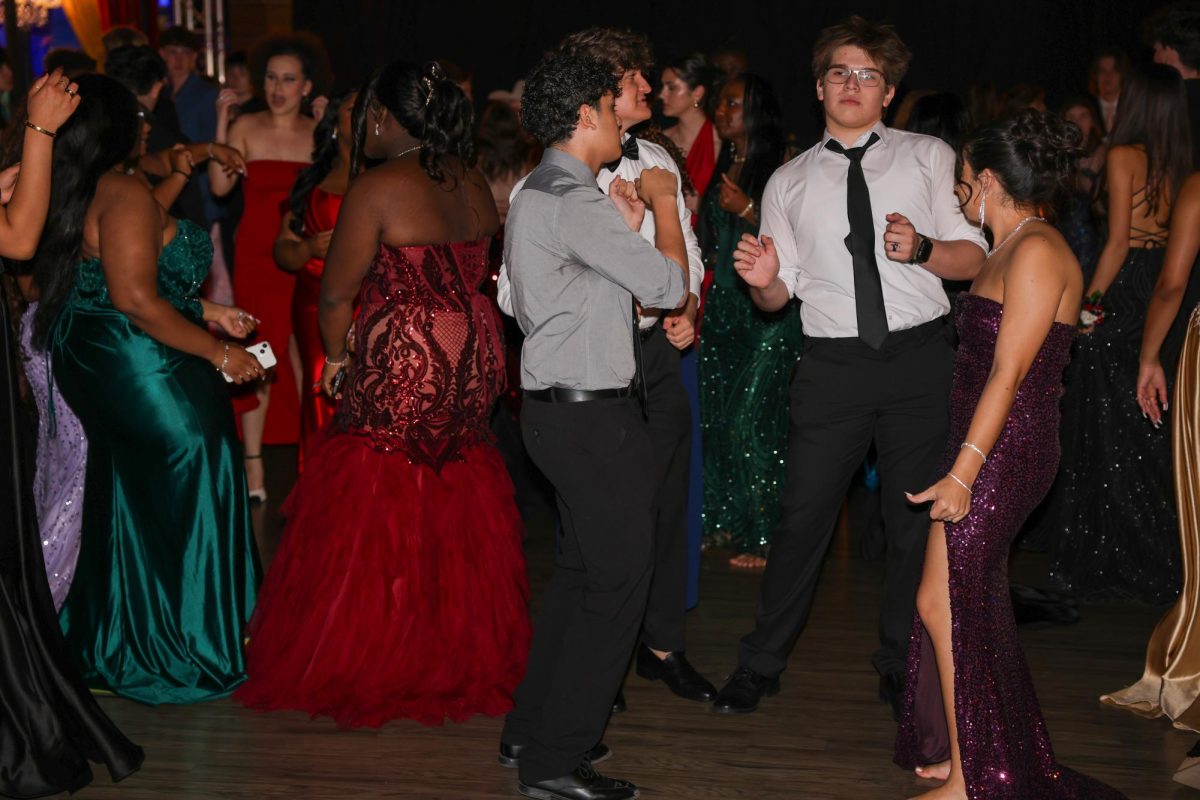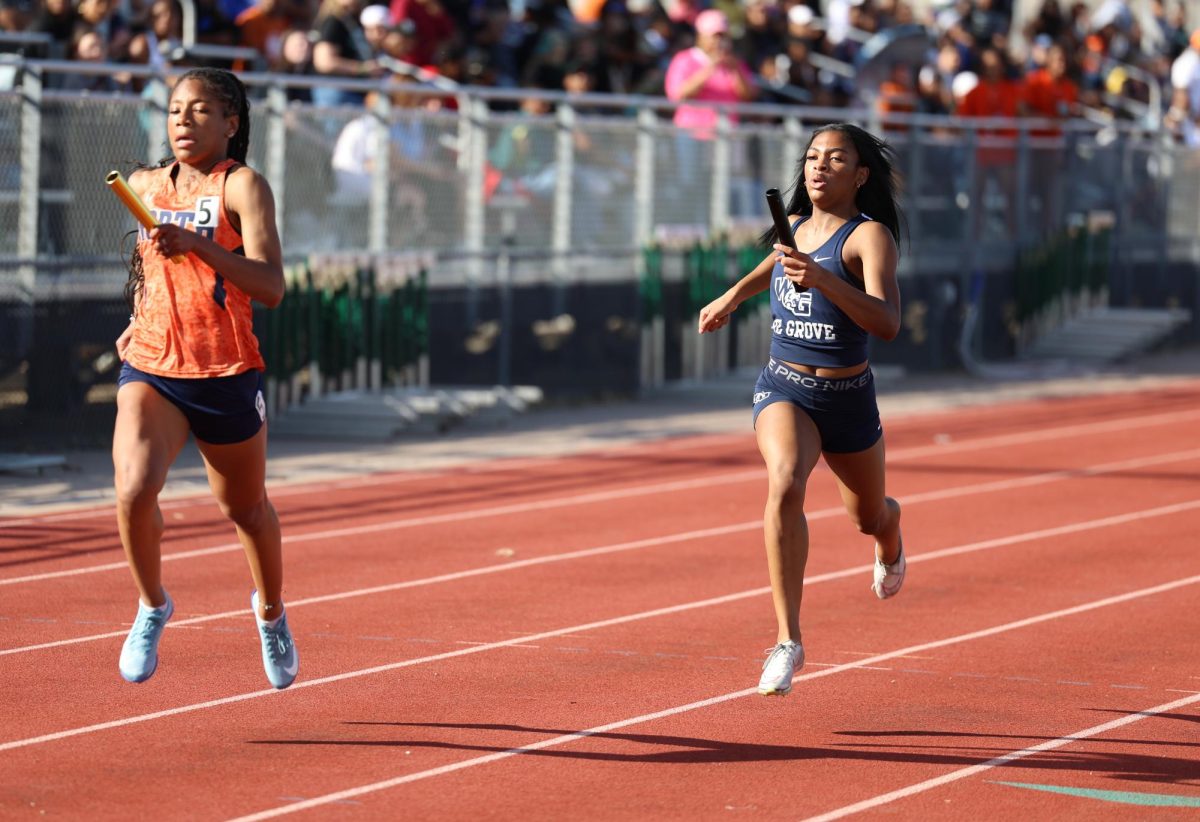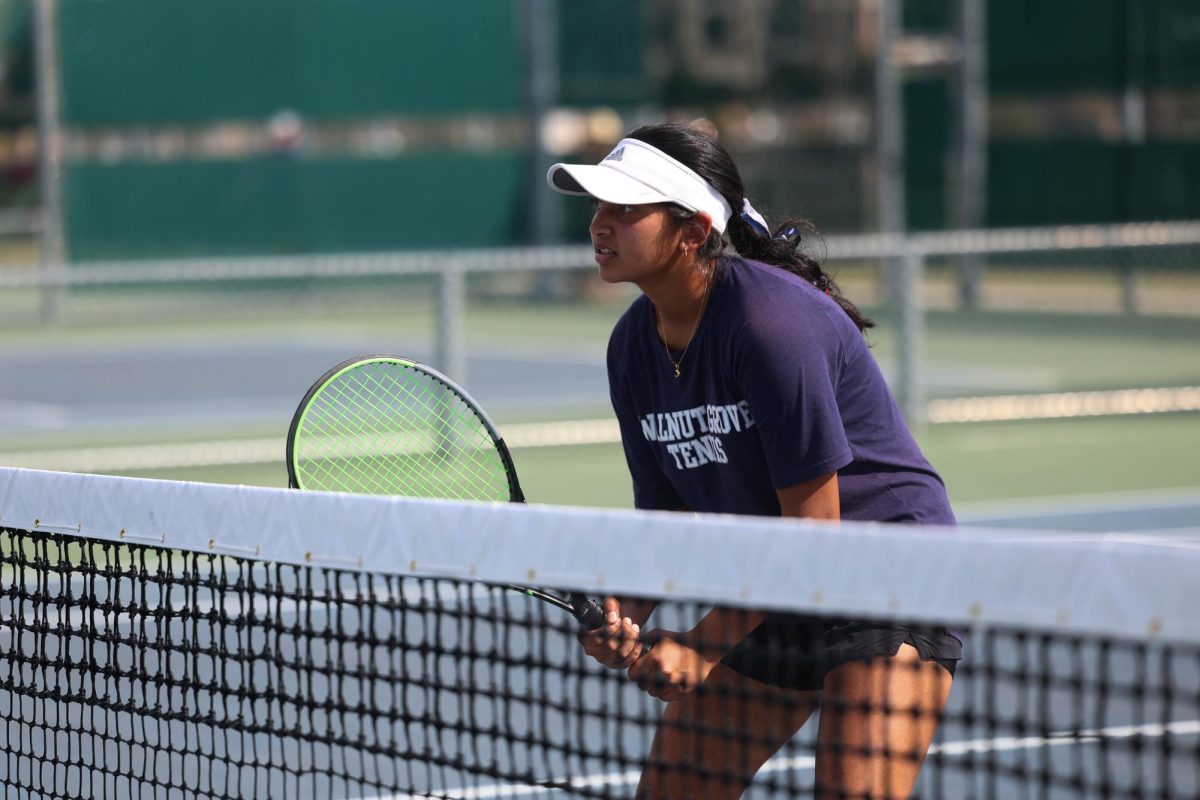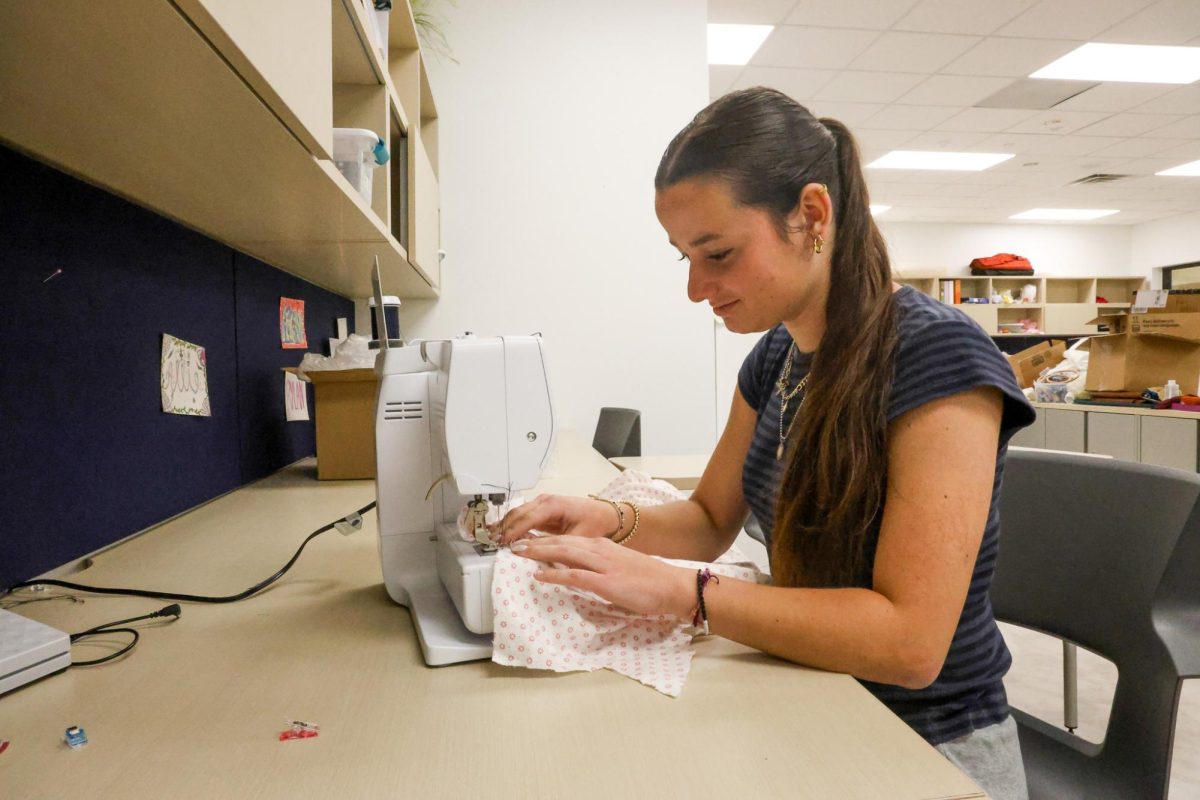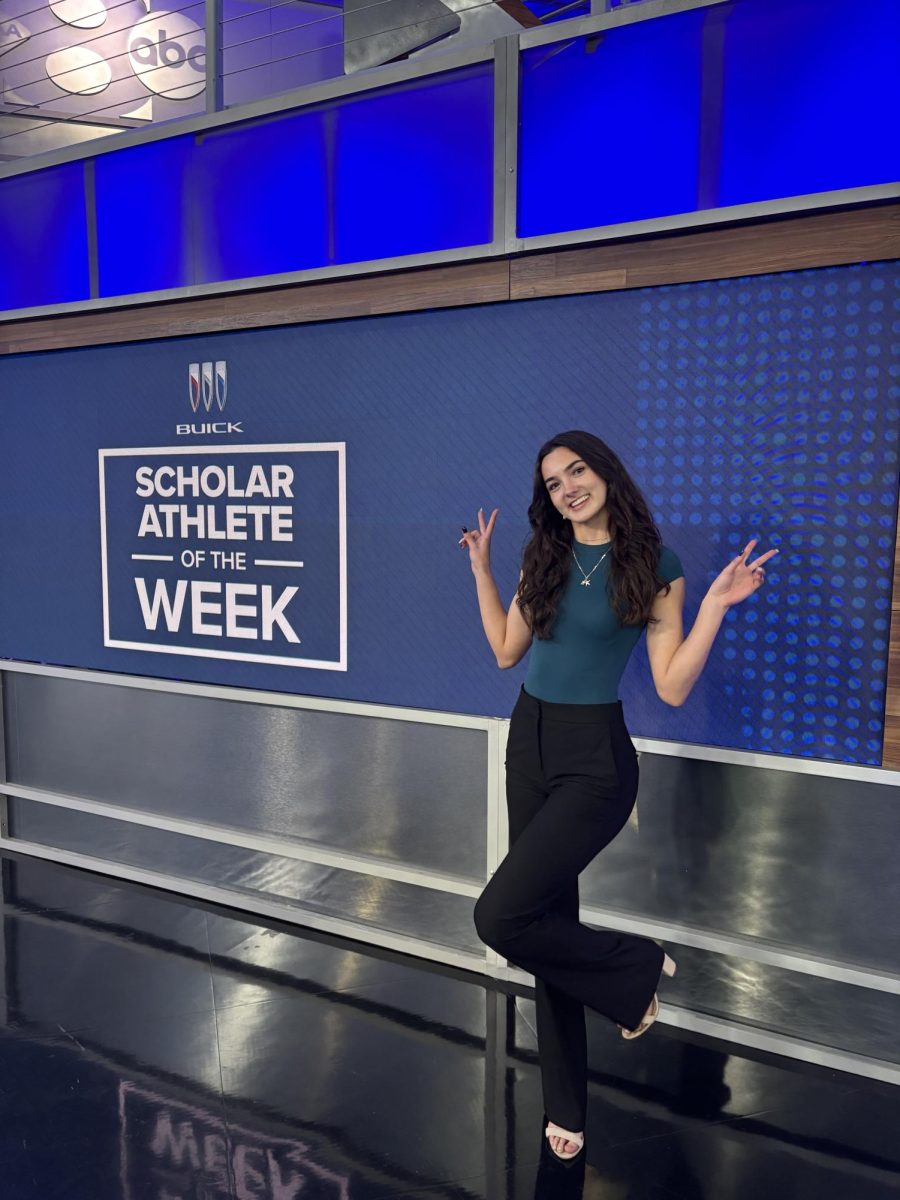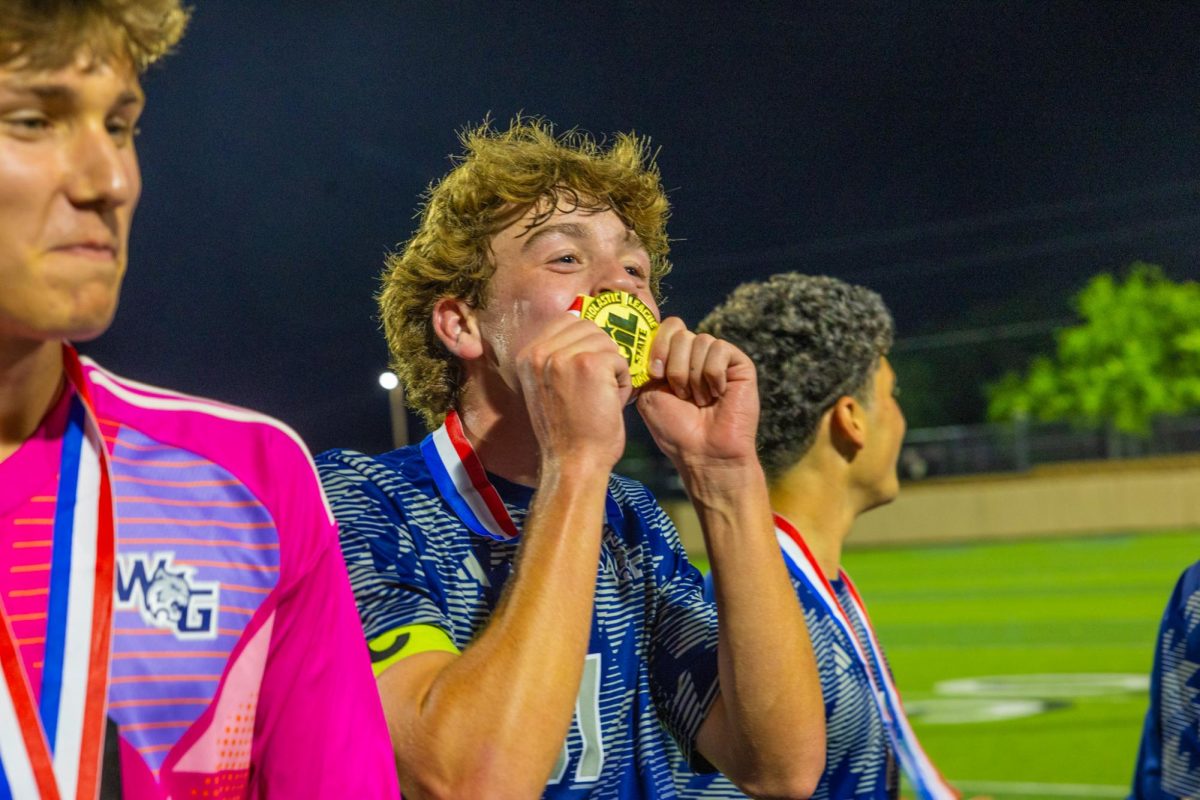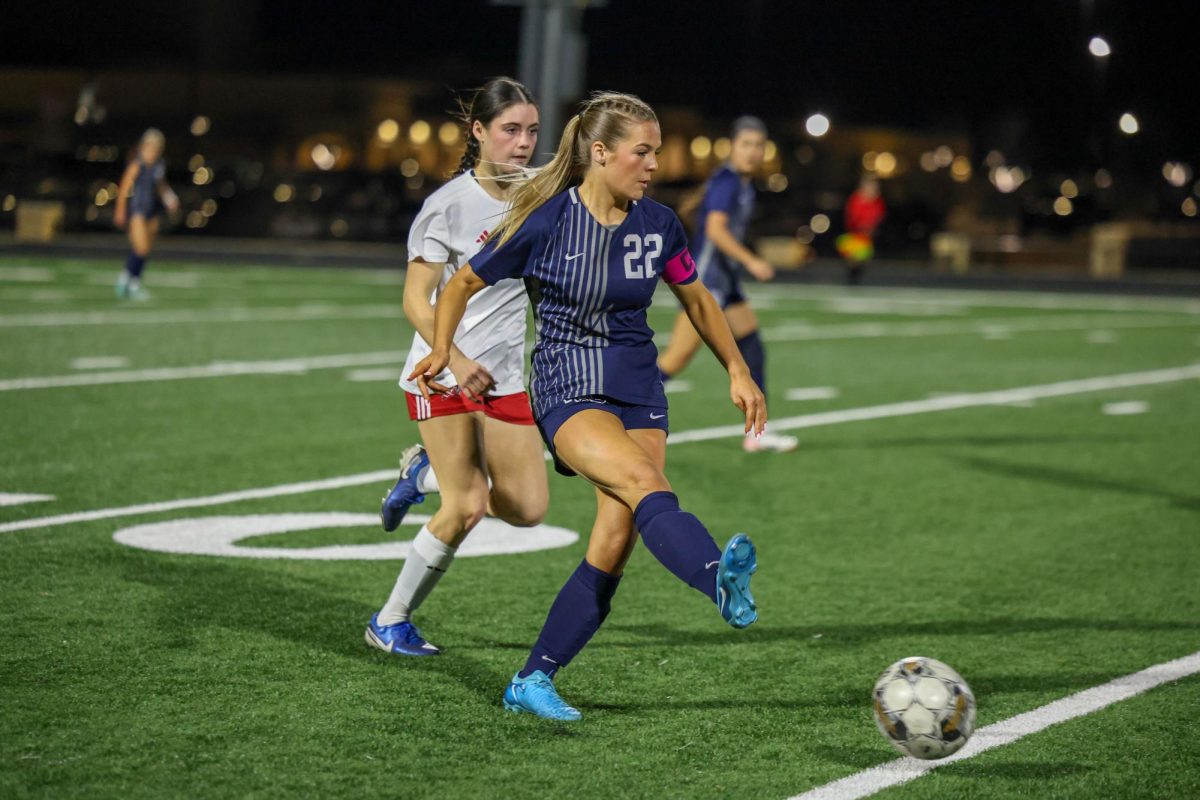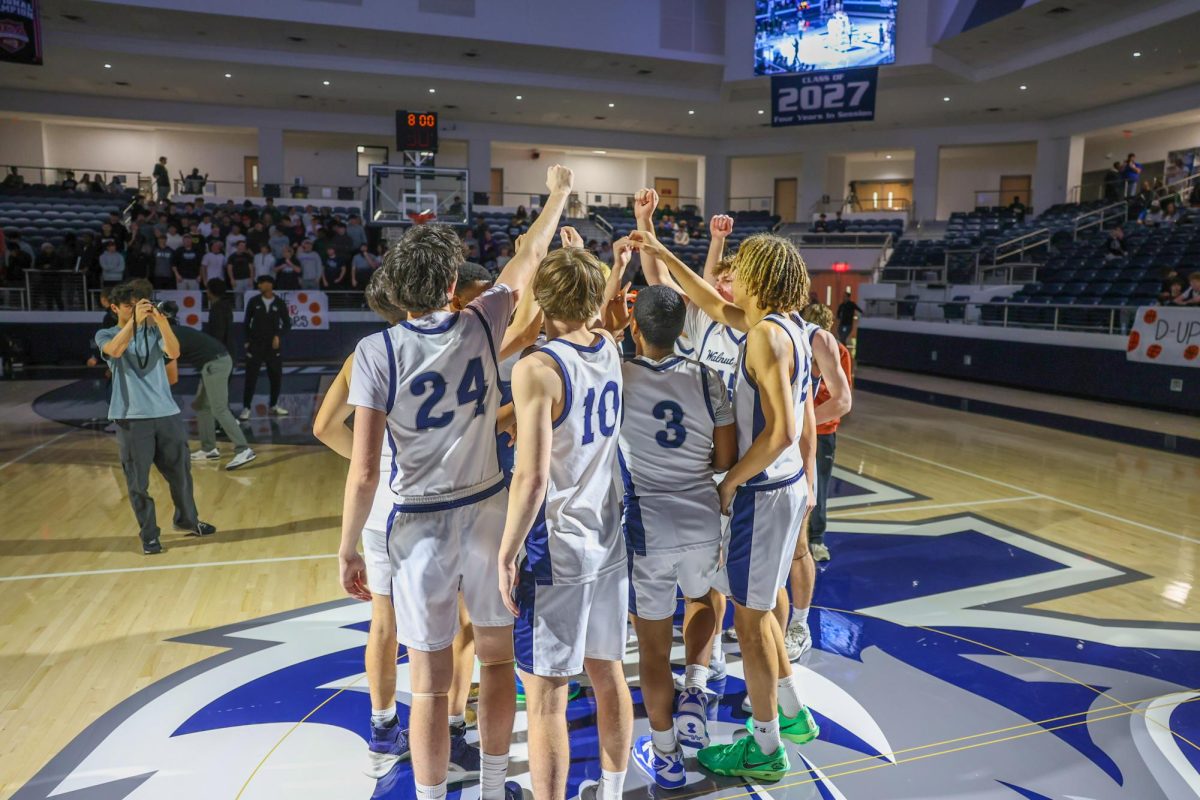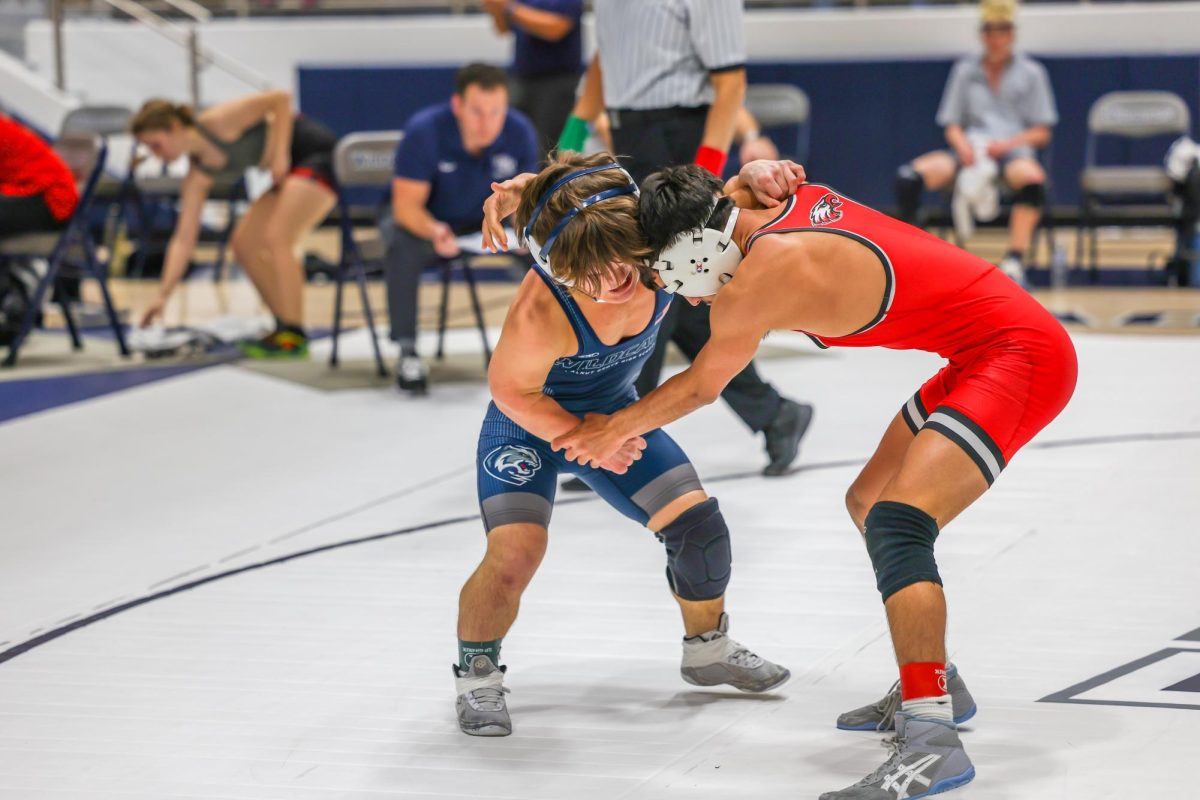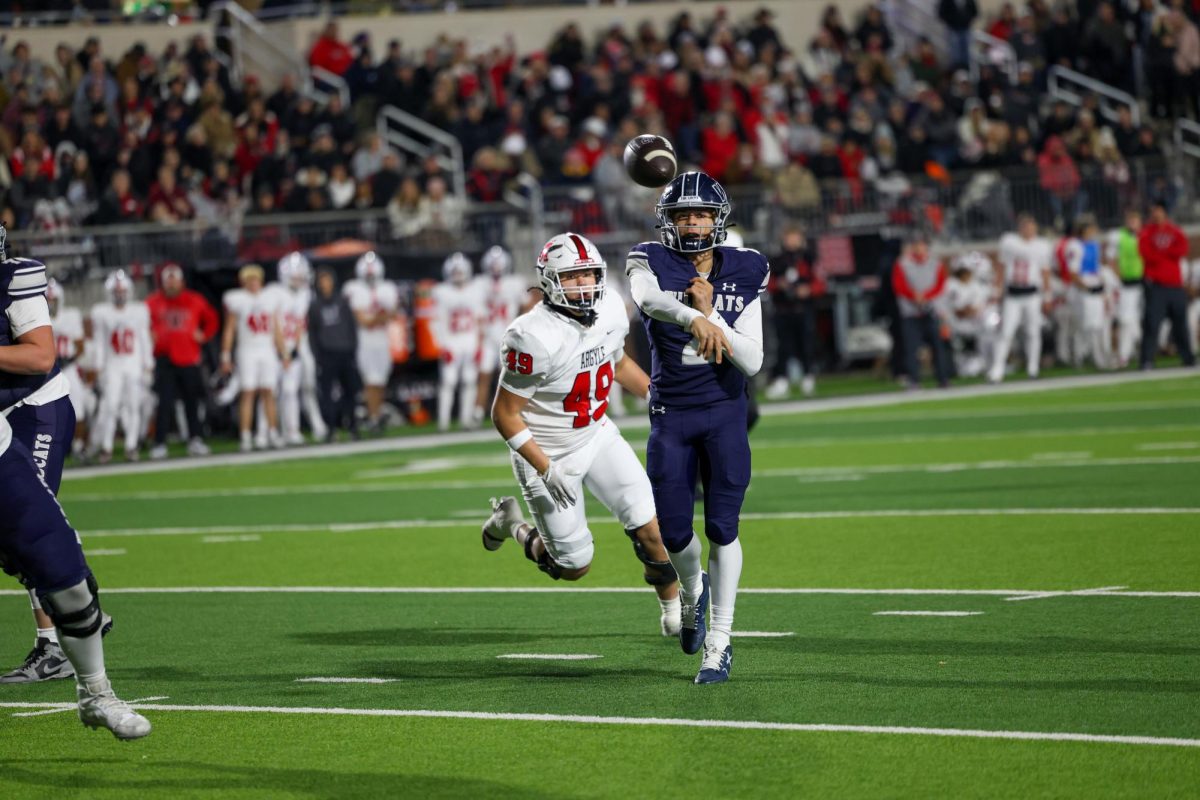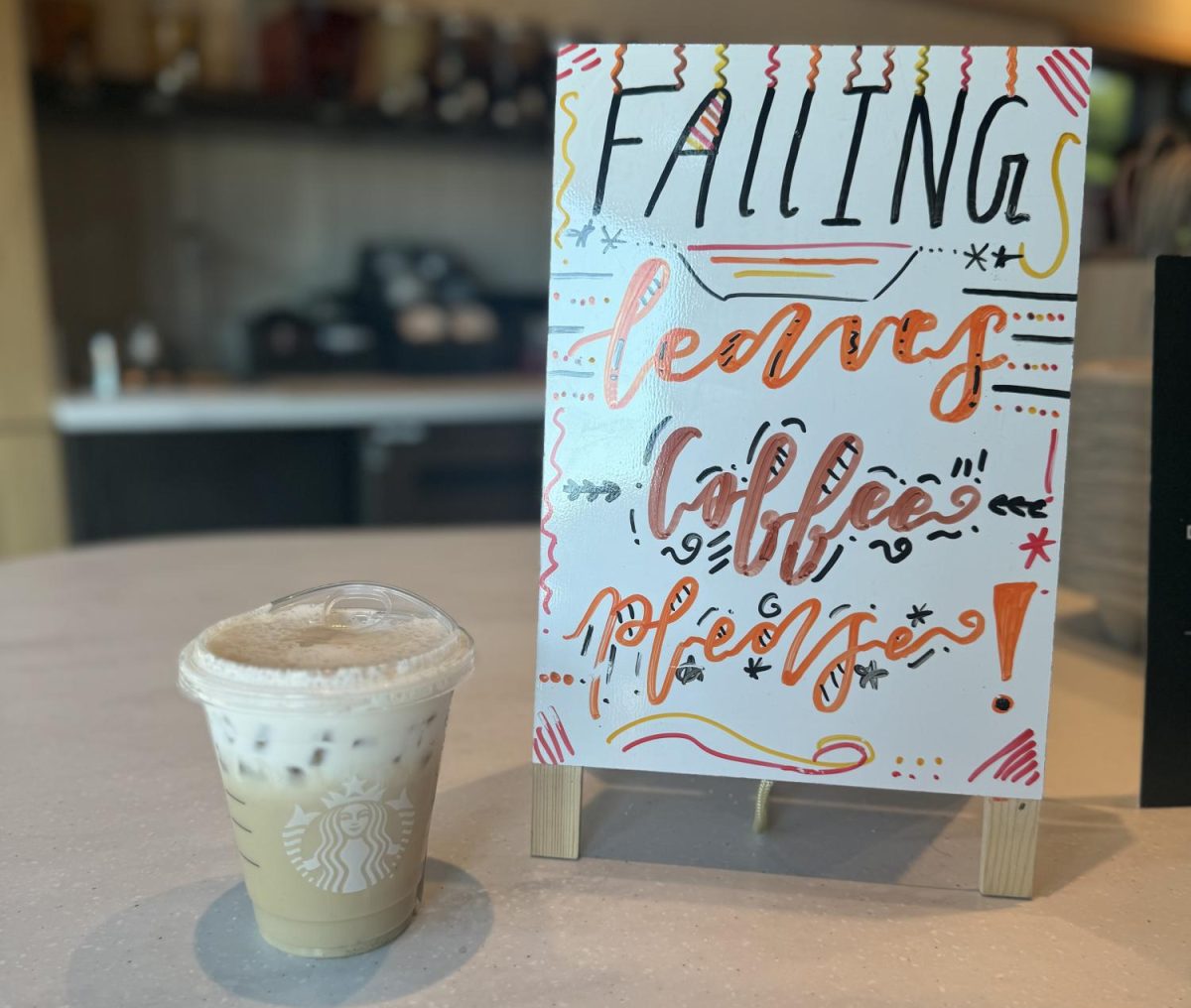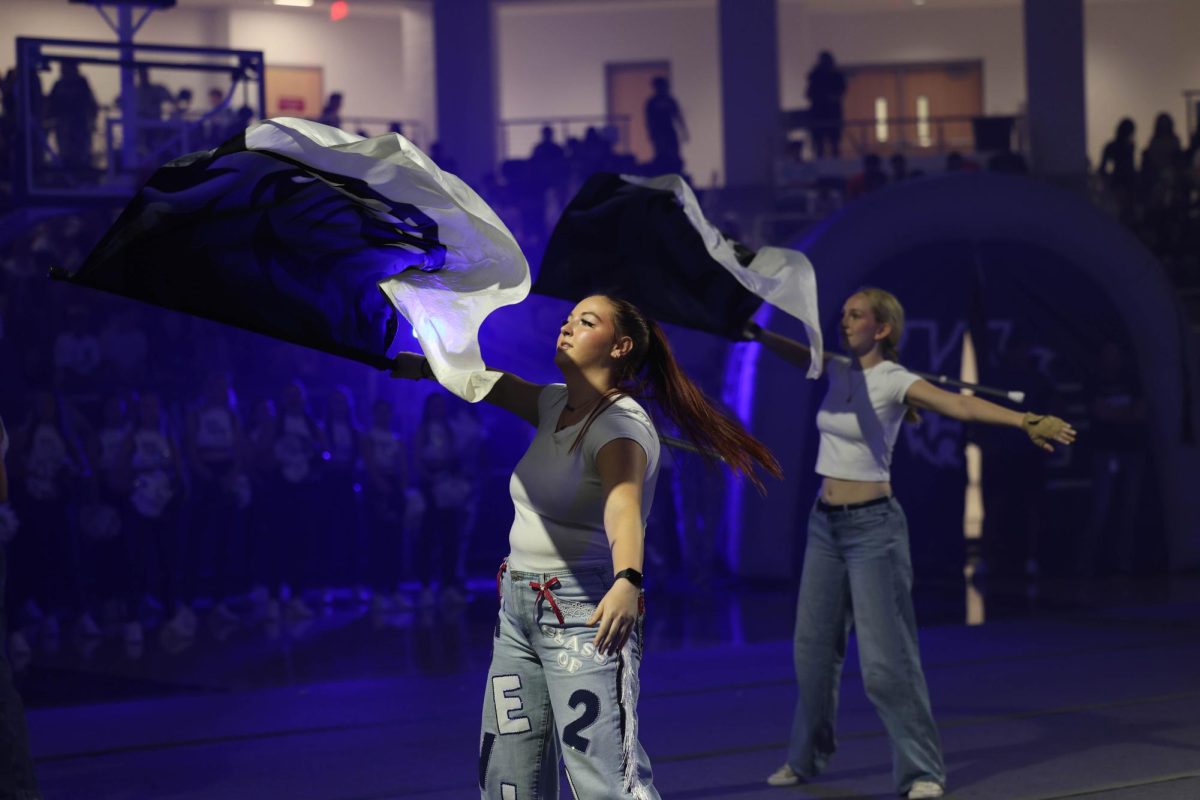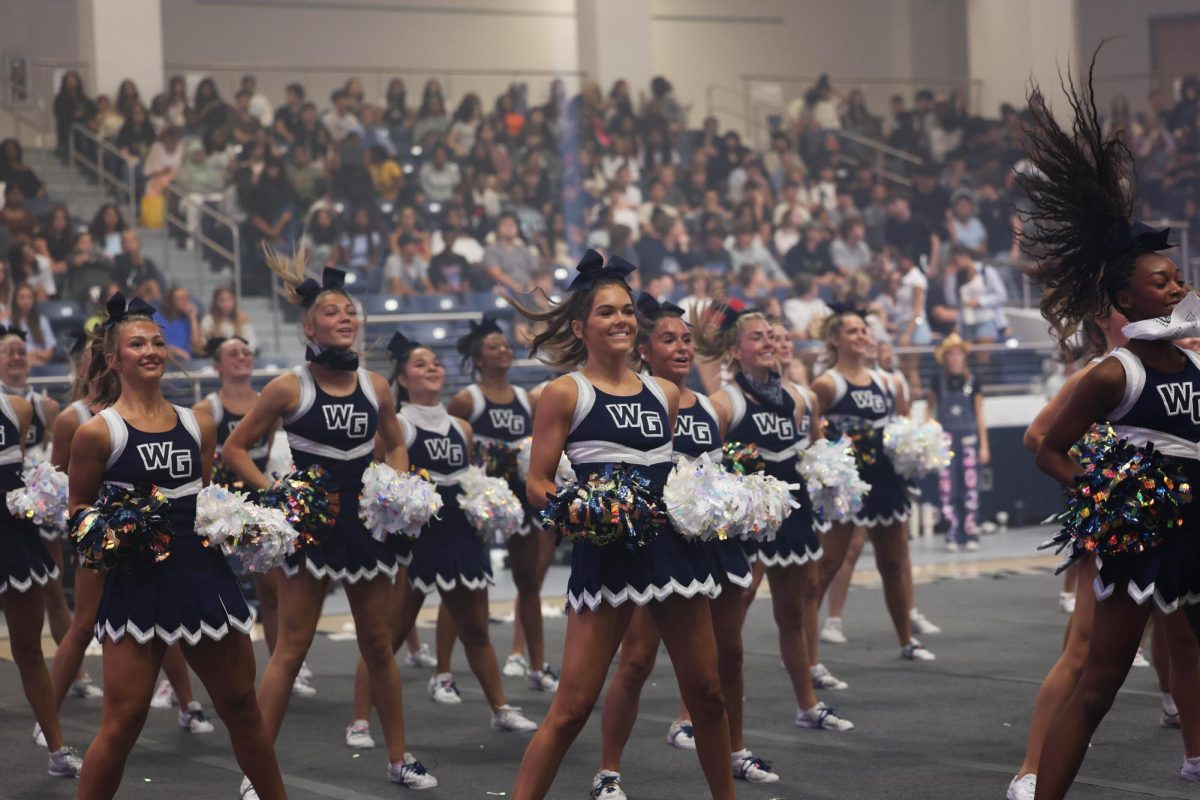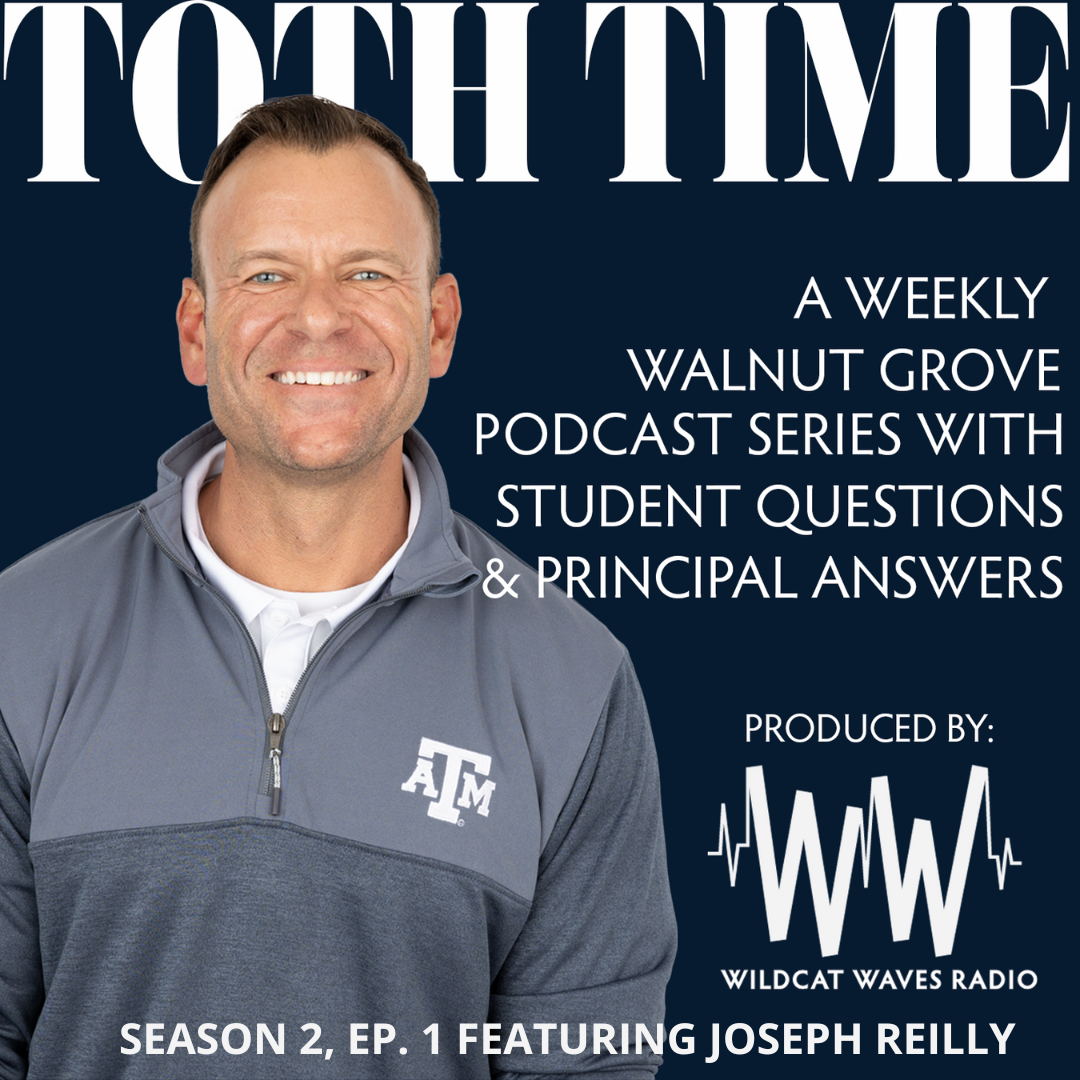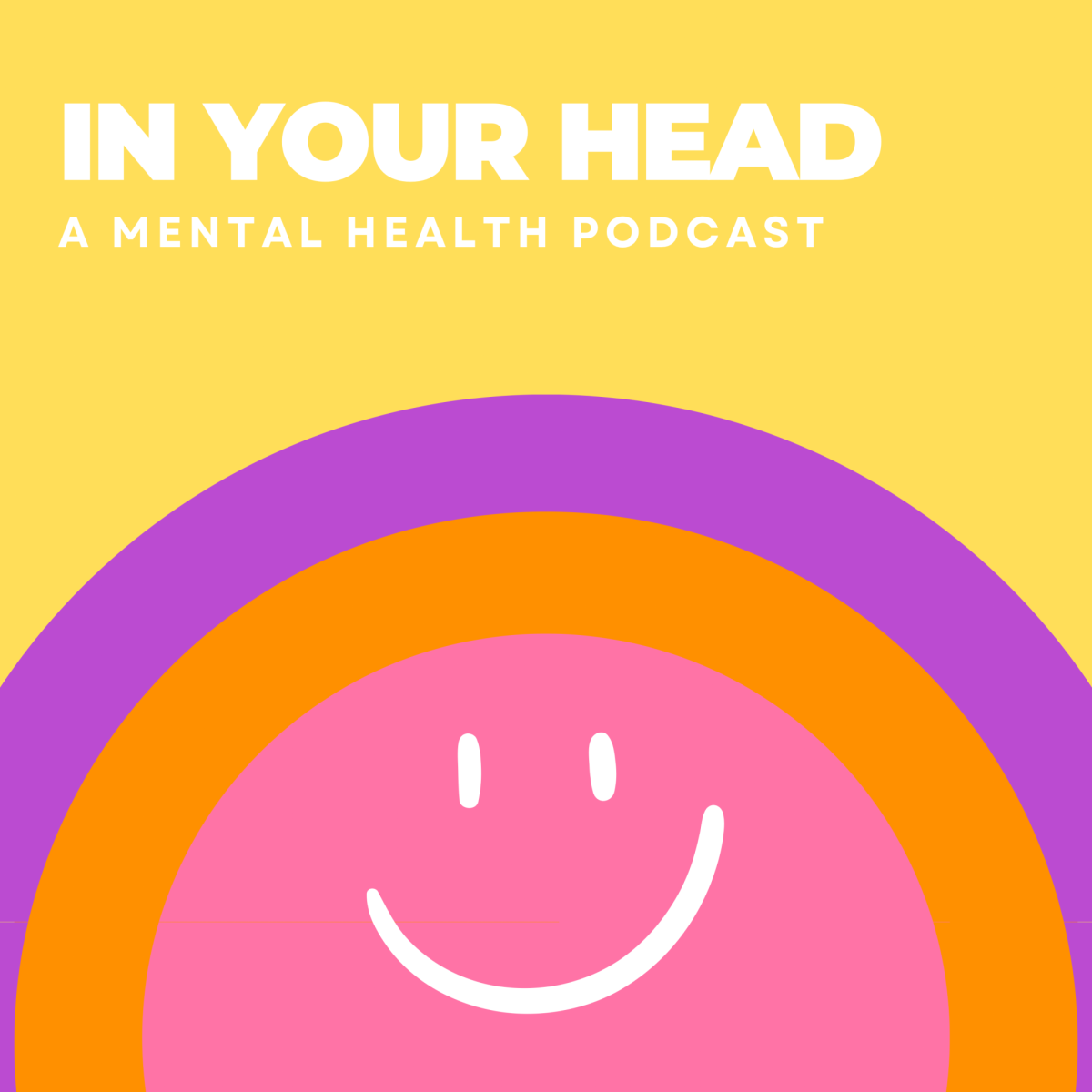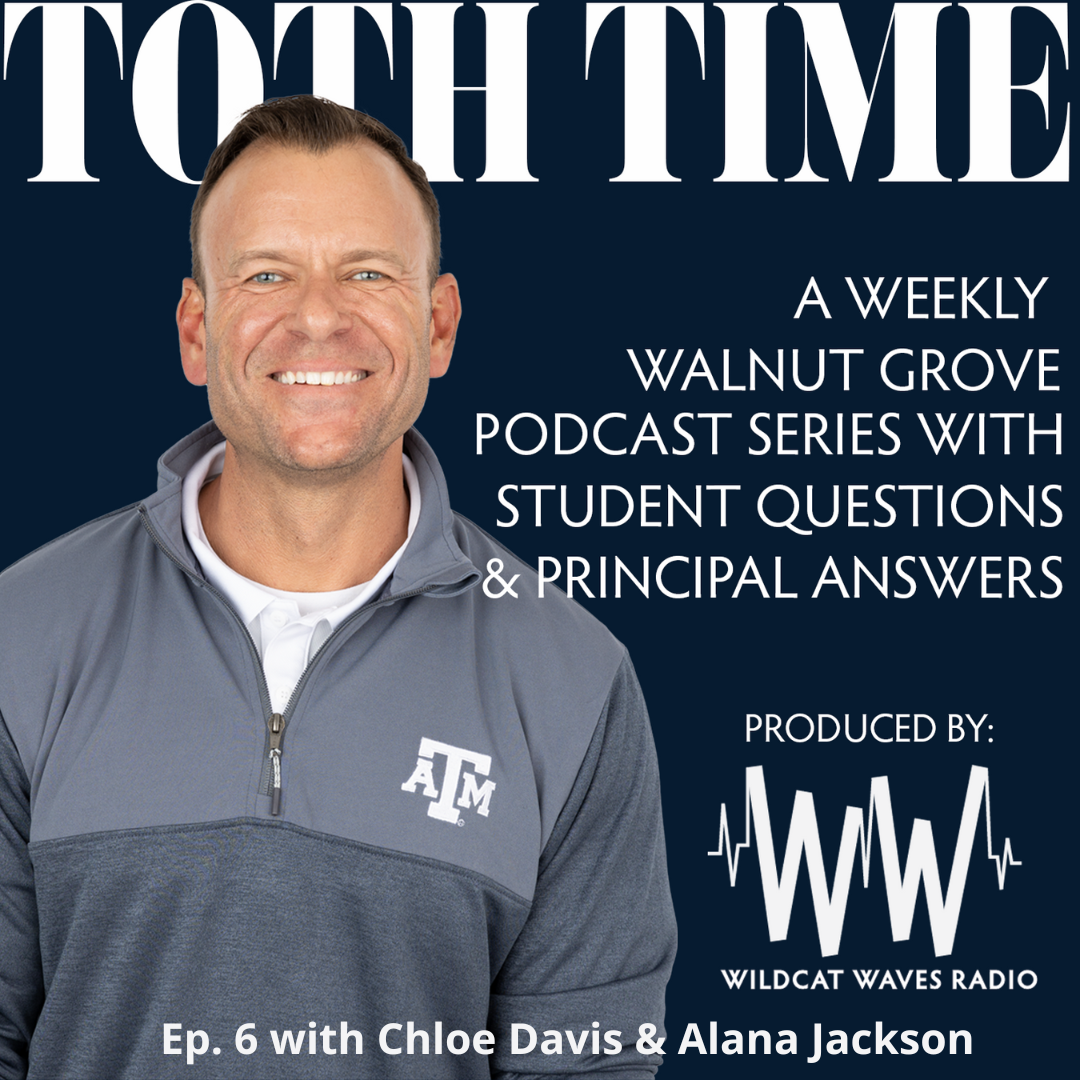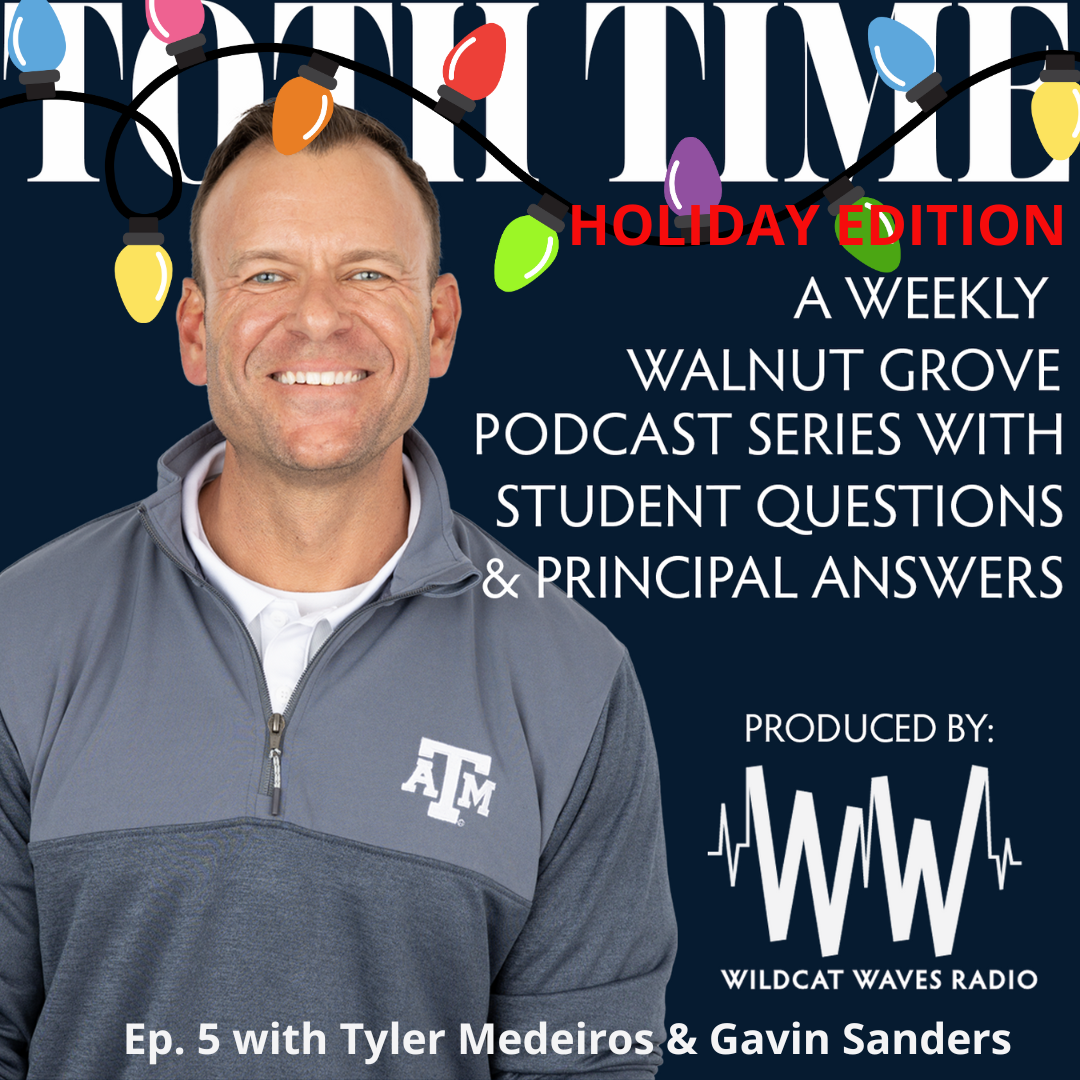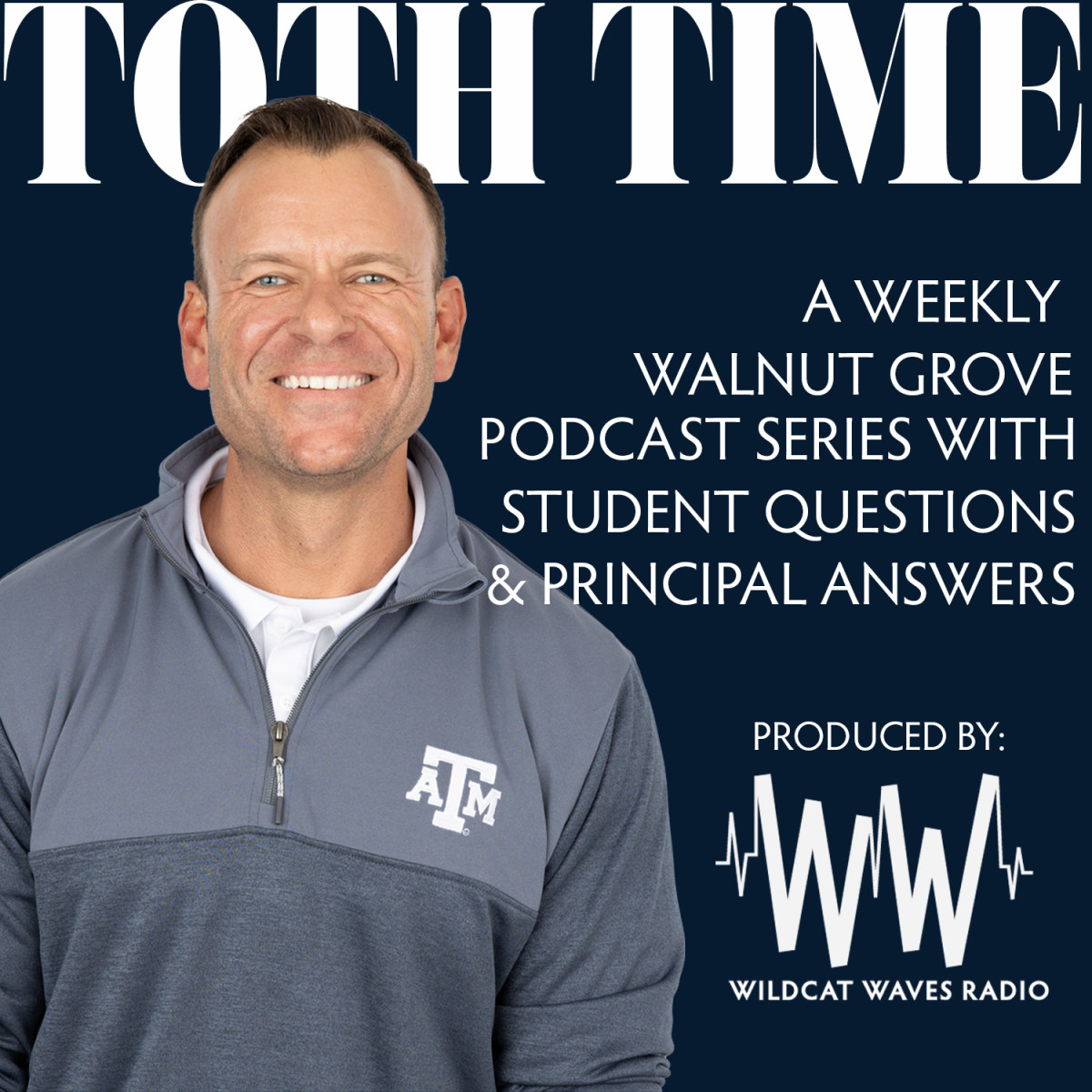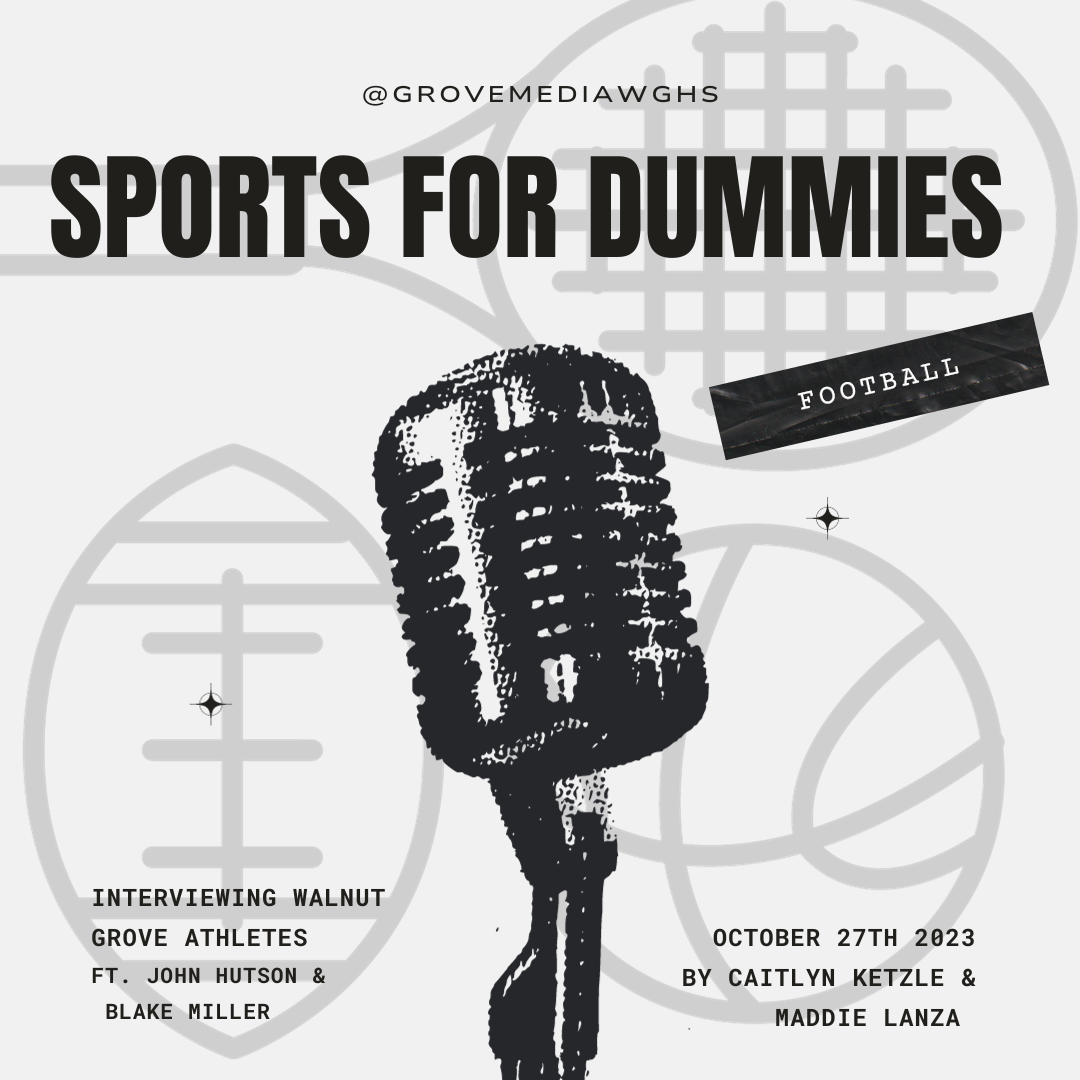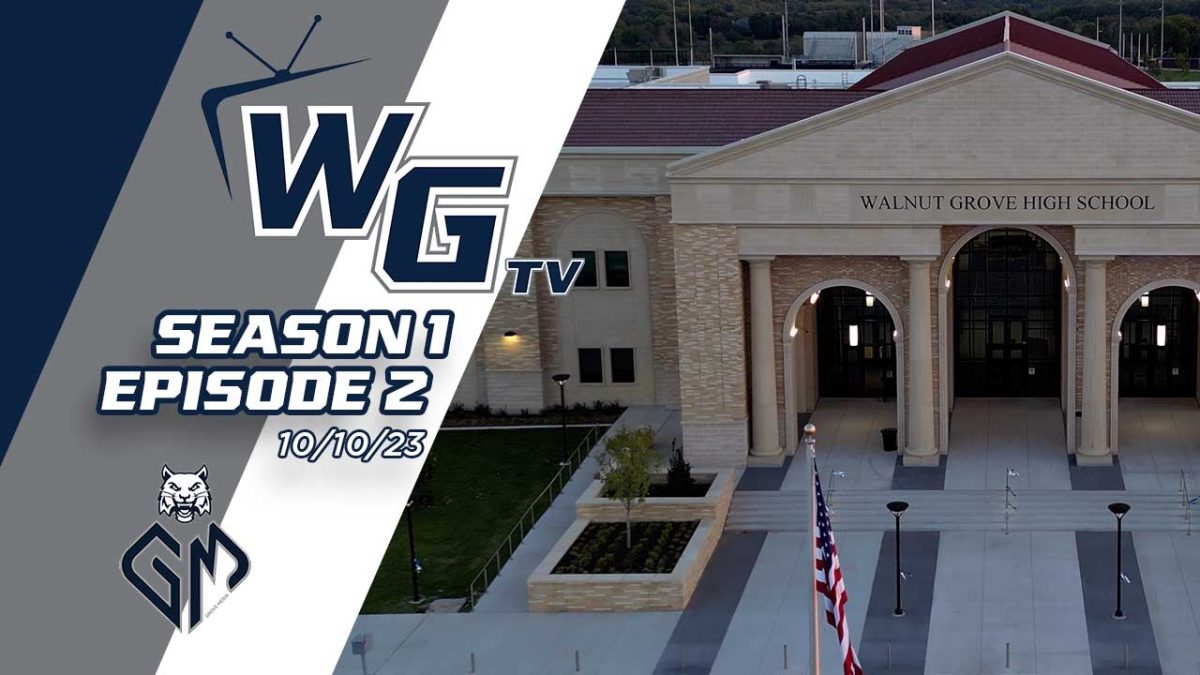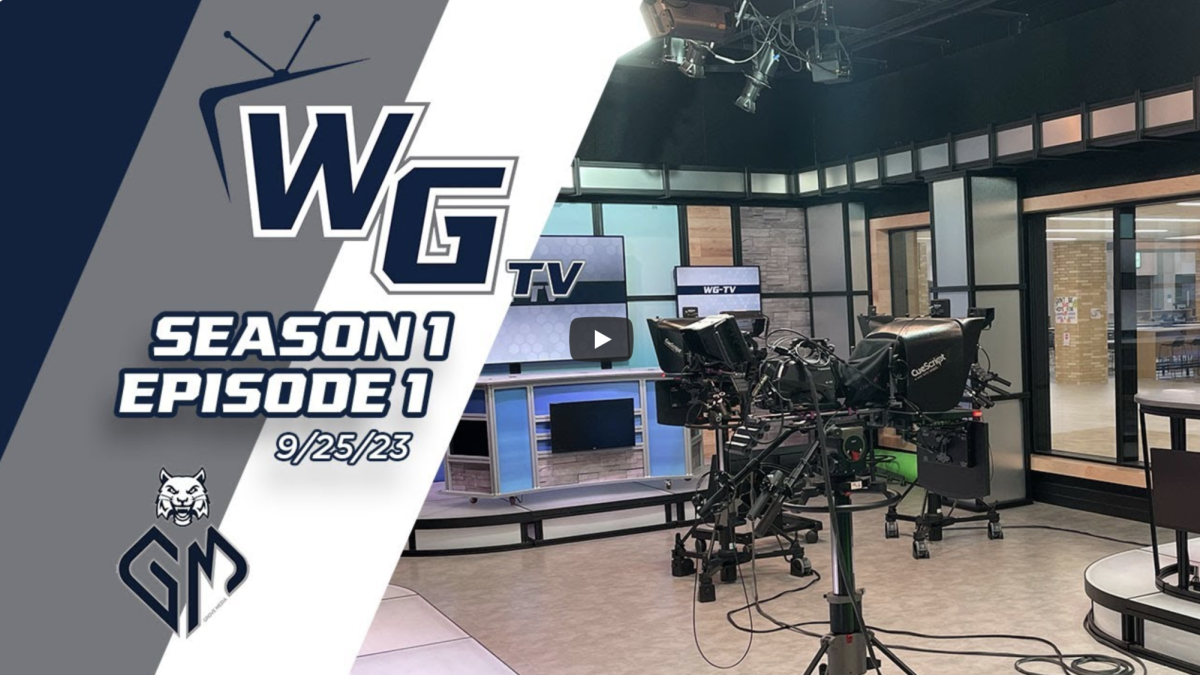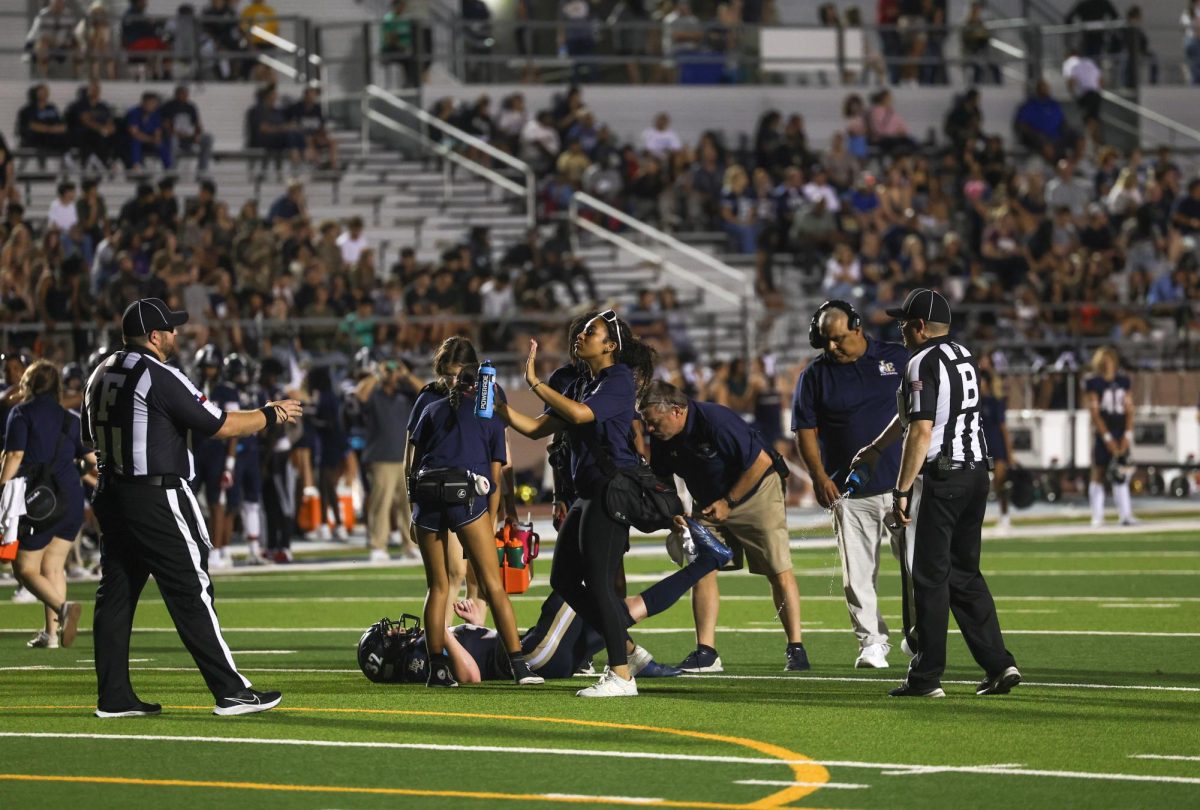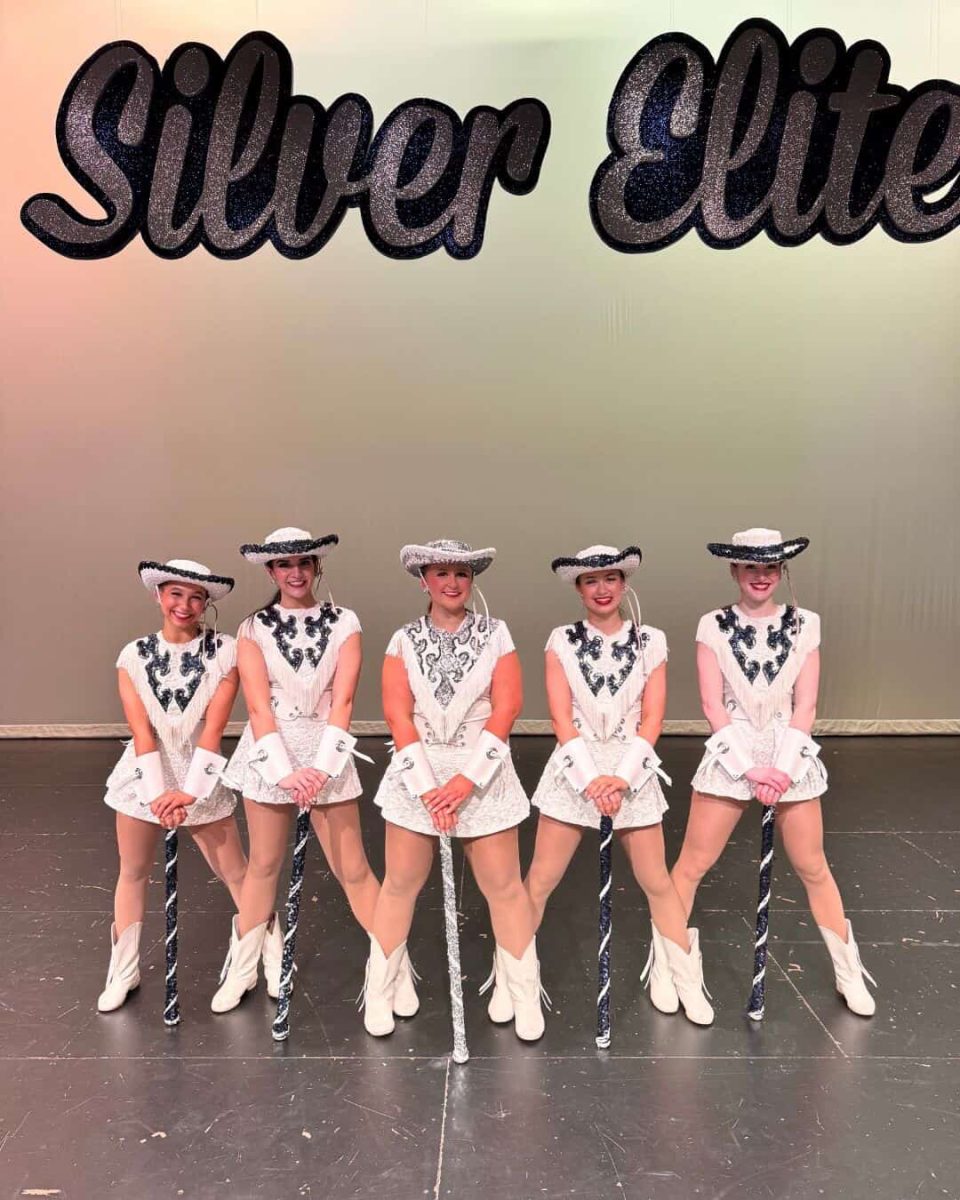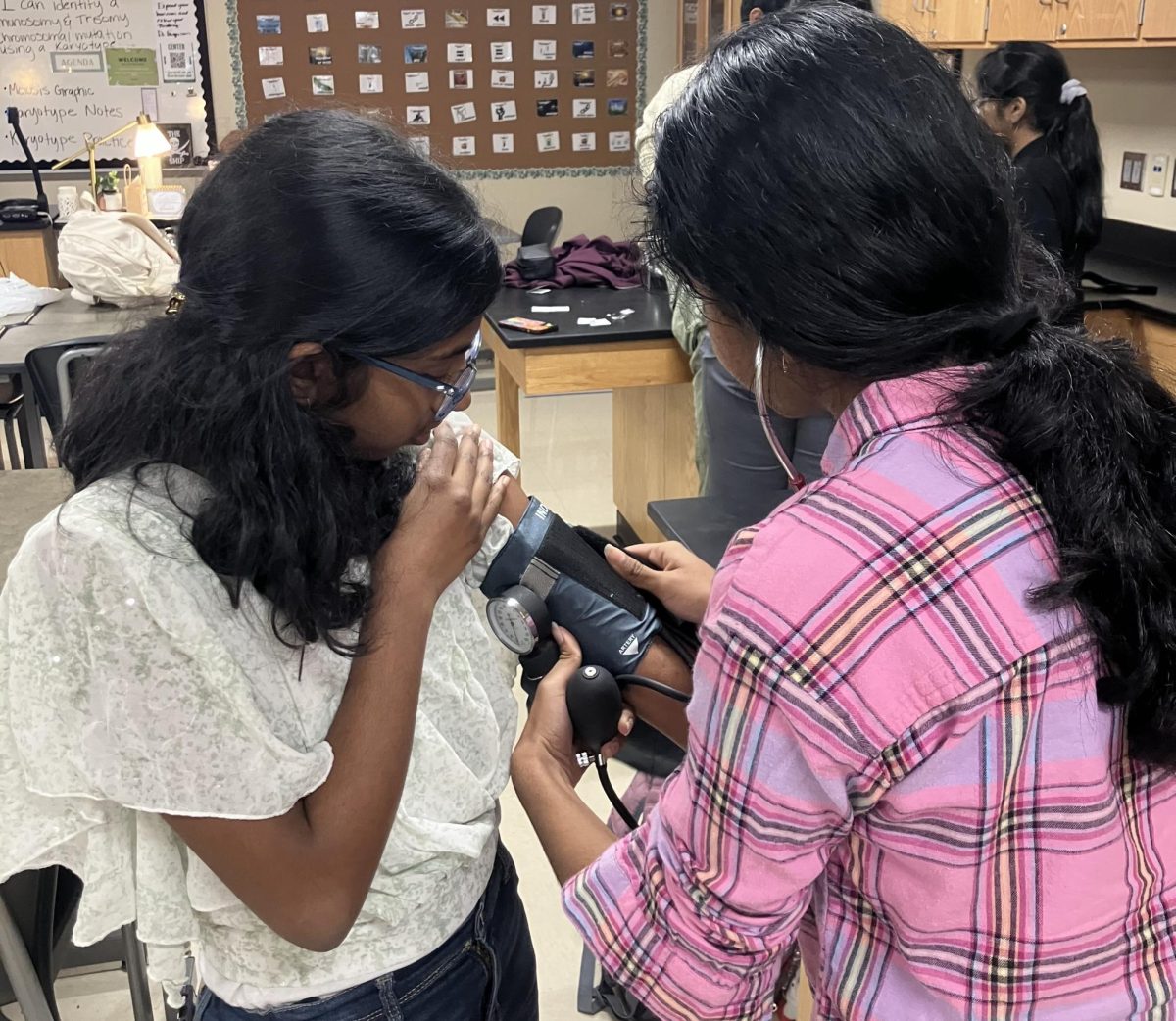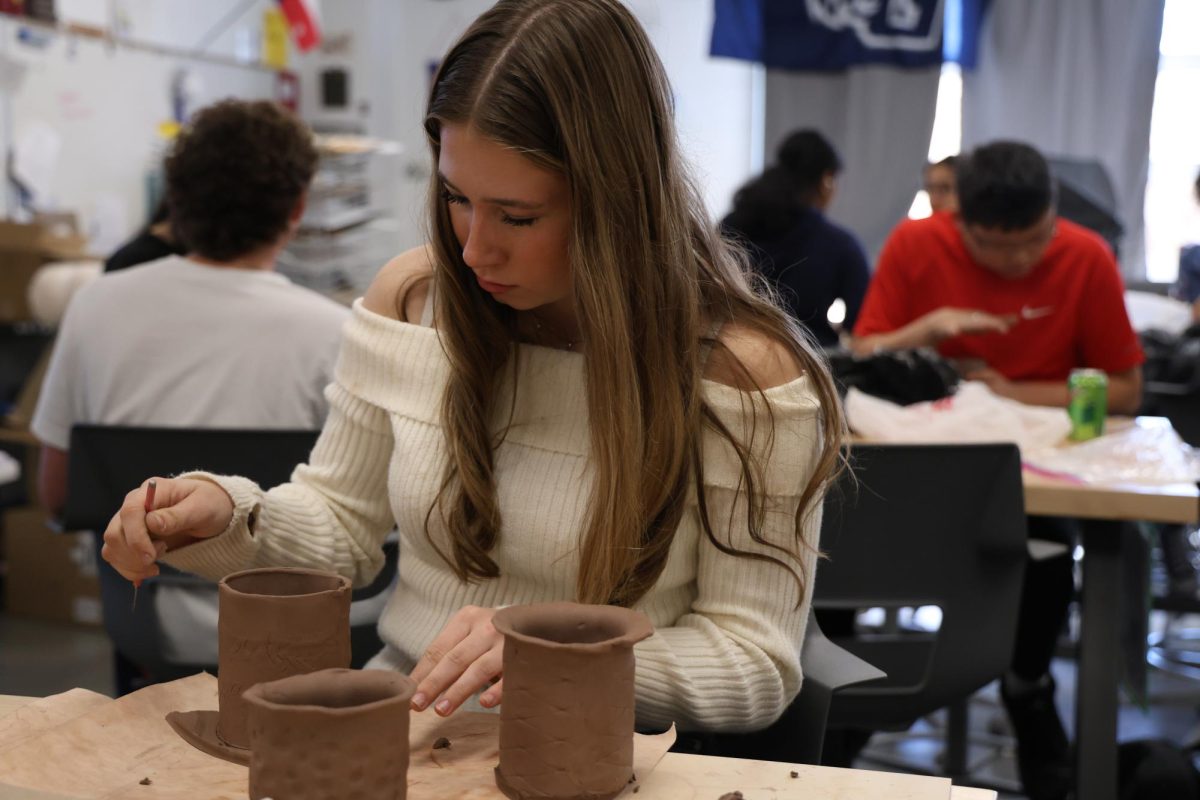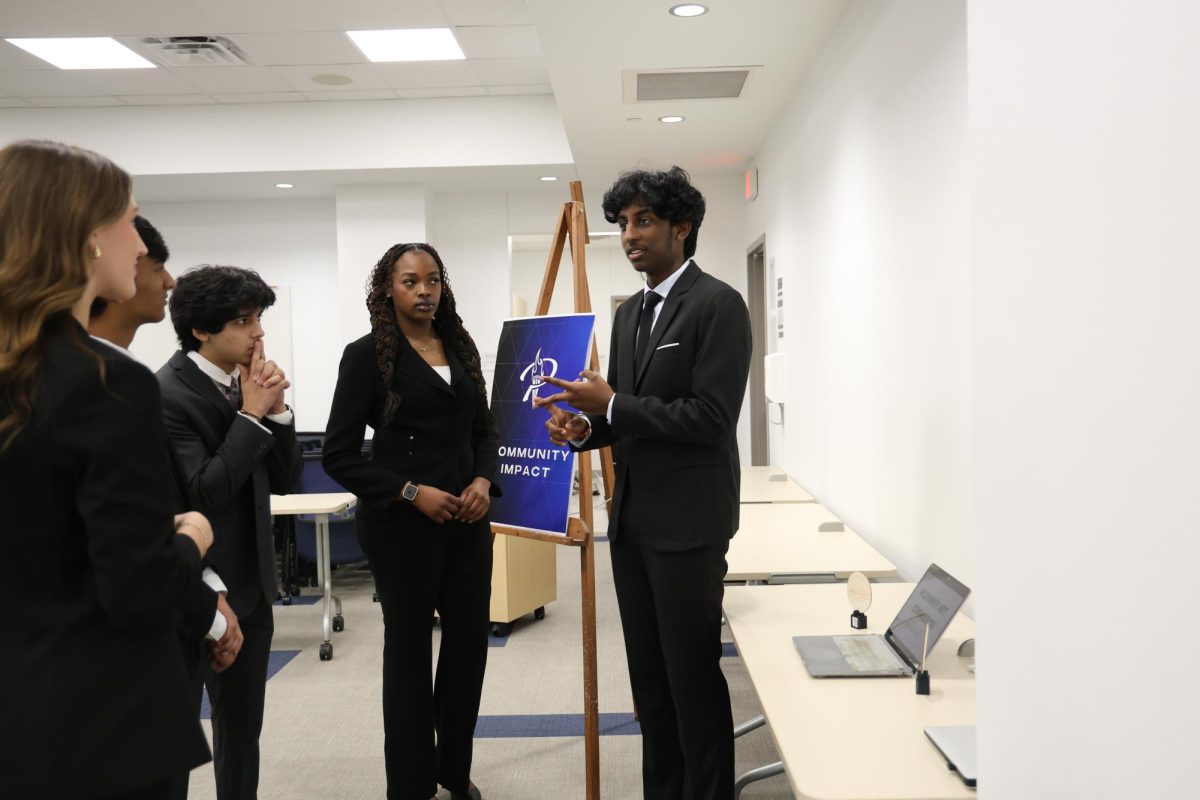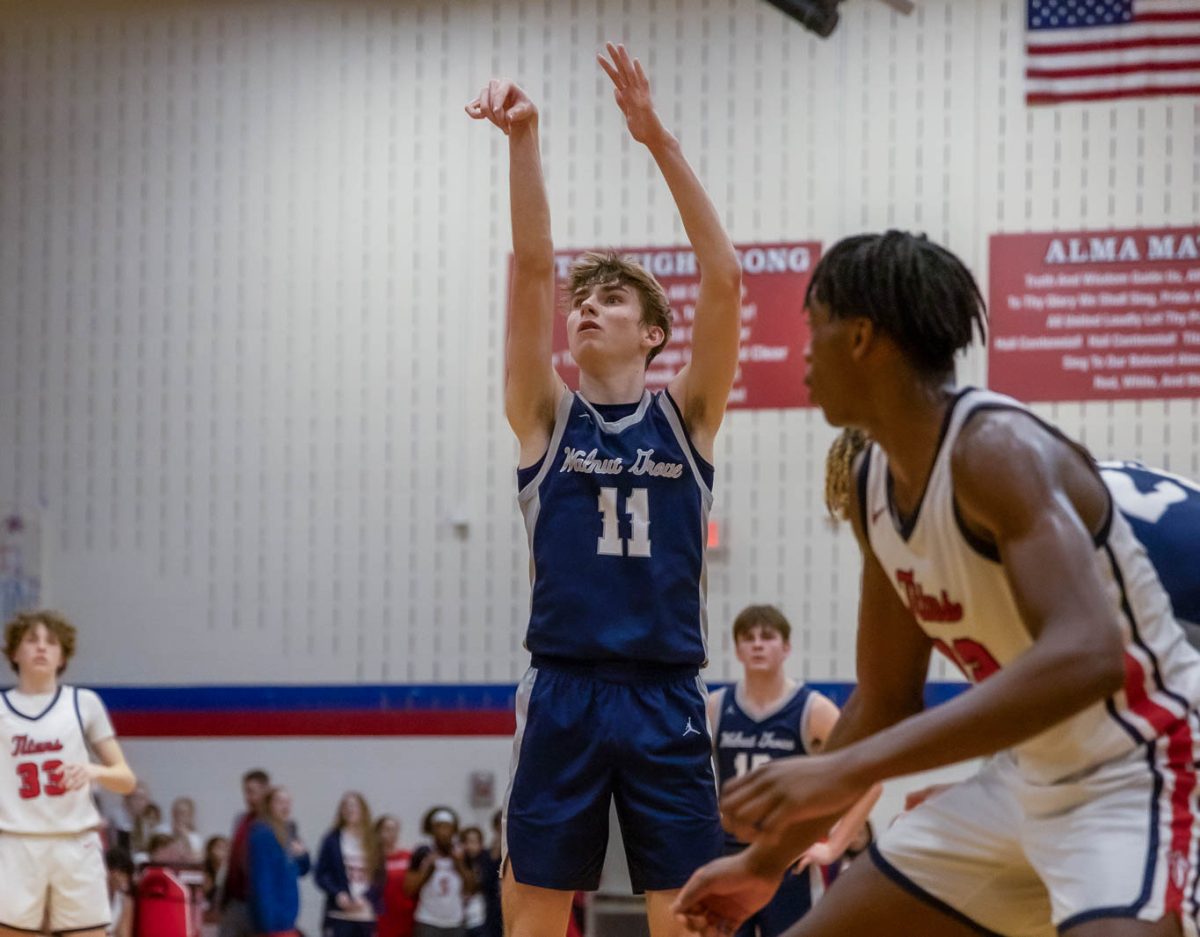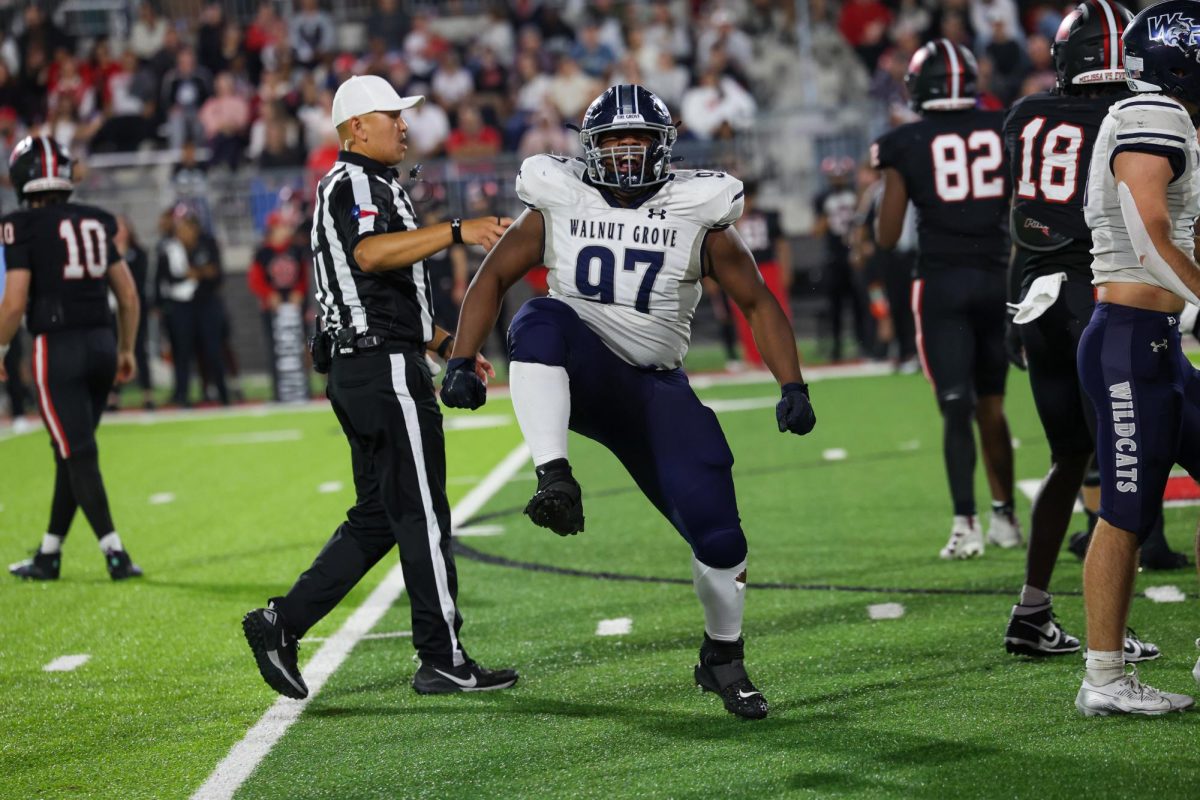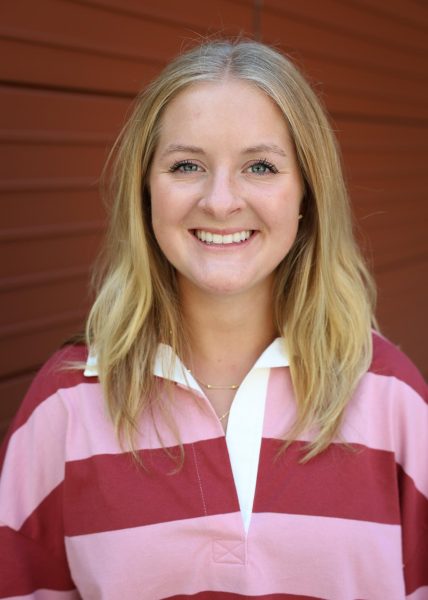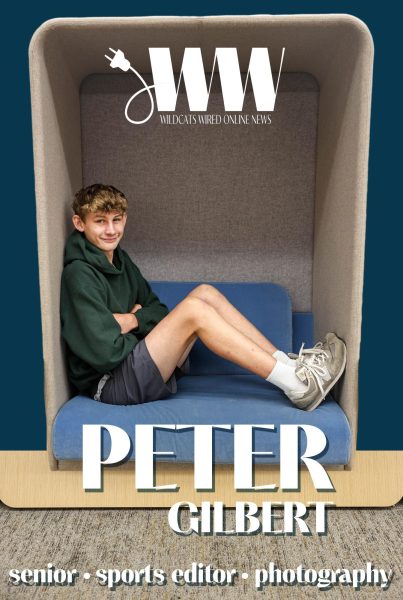The sound of tape torn off fills the sidelines as the sports medicine students apply it to the athletes’ ankles, wrists, and knees. Filling water bottles and prepping first aid kits are just some of the things happening as these students run from place to place, trying to get the team ready for the upcoming game. These forgotten heroes are so important to the athletics department and the school itself.
Sports Medicine is a program in which students can get firsthand experience helping injured athletes on and off the field.
Tara Humphrey is the sports Medicine Head Coach, and Matt Wiggins is the assistant. Their roles are to manage the more complex forms of sports medicine and to help aid and teach the current student trainers. The student trainers participate in a variety of sports, such as football and soccer. They focus on rehabilitation and make sure that the athletes are hydrated and ready to go for their games.
“We have amazing student trainers who provide water and Gatorade,” Humphrey said. They also tape any of our athletes needing ankle tape for preventative measures and help administer first aid.”
This will be Tessa Northam’s second year in sports medicine as a student trainer, and she is also enrolled in the Certified Nurses Assistant program.
“I think that while the coaches help them on the field with things like endurance, we can help them feel ready to go back to their sport with no fear after rehabilitation and treatments,” Northam said.
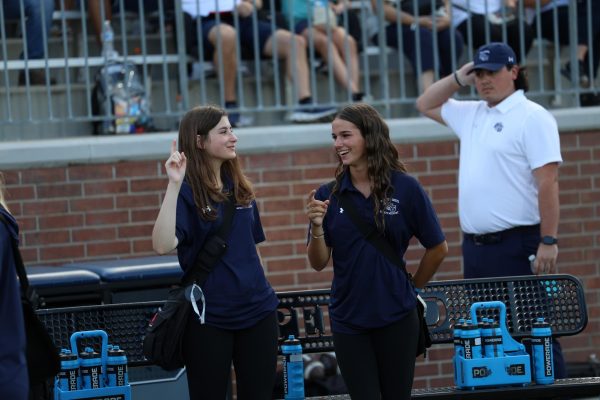
(Peter Gilbert)
In the sports medicine program, many types of equipment and tools are used, such as Thermex, stem ultrasound, cupping, Kinesio tape application, scraping, and general first aid. While it is important to ensure the athlete’s physical healing, ensuring the athlete’s mental health is OK is a job in itself.
“Talking to the athletes is good for helping their mentality,” Northam said. “For example, telling them that it’s gonna be okay, and talking them through their injury, is crucial for the recovery process.”
The sports medicine program focuses mainly on the healing process after an injury. This process is important for an injured athlete, and things like stretching and icing your muscles are crucial.
“If you don’t stretch your muscles, they’re not ever going to grow. And they need to be able to grow if you’re going to keep working them out,” student trainer Ali Mego said. “If you’re going to keep destroying your muscles to rebuild them, they’ll need
time to heal so you can’t rush it.”
Some trainers’ favorite part about the program is that after the healing and rehabilitation portion, one can see their progress.
“One of my favorite things about this program is being able to see the injured athletes go back and play the game that they love,” student trainer Chloe Moore said.
Trainers need to be ready to go in high-stress situations, and it is important for them to have hands-on experience in real-world scenarios. This is so they know what to do and expect when times like those come up.
“The important thing is that we’re athletic trainers. We are supposed to be the calm in the chaos,” Humphrey said. “So when something happens, an injury or a medical emergency occurs, having that hands-on experience of knowing when to get the AED, knowing when to start CPR, knowing when to go get the splint bags or get crutches are vital.”
Student trainers do so much, so it is challenging to maintain that level of responsibility and time management. However, great life skills come from those hard things, and they will learn to utilize them.
“They’ve got to be able to essentially have a full time job with practices and games, as well as their schoolwork, their personal life, and if they do have a job outside of school,” Humphrey said. “However, we have great student athletic trainers who have amazing communication skills that will carry them far in their life, because they’re going to be able to understand and prioritize what needs to be done.”
Sports medicine is important to not just athletics, but the whole school also. The home staff trainer will administer the aid, but there is something different about having a student be the trainer.
“We are an extension of the school. The primary care will be administered by the home staff trainer, but our student trainers know the kids,” Humphrey said. “They know if something is off, so having that extension, even in settings like the classroom, is amazing. If something were to happen, that would be unexpected.
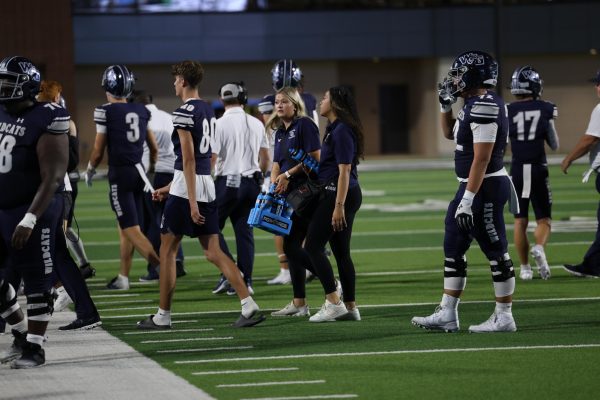
(Peter Gilbert)
Athletic trainers help out at so many events and are necessary to the foundation of a school.
“Athletic trainers work with every single sport. It takes a lot of work and responsibility, and a lot of hands are involved,” Humphrey said. “But the most important thing is that we take care of everyone.”

